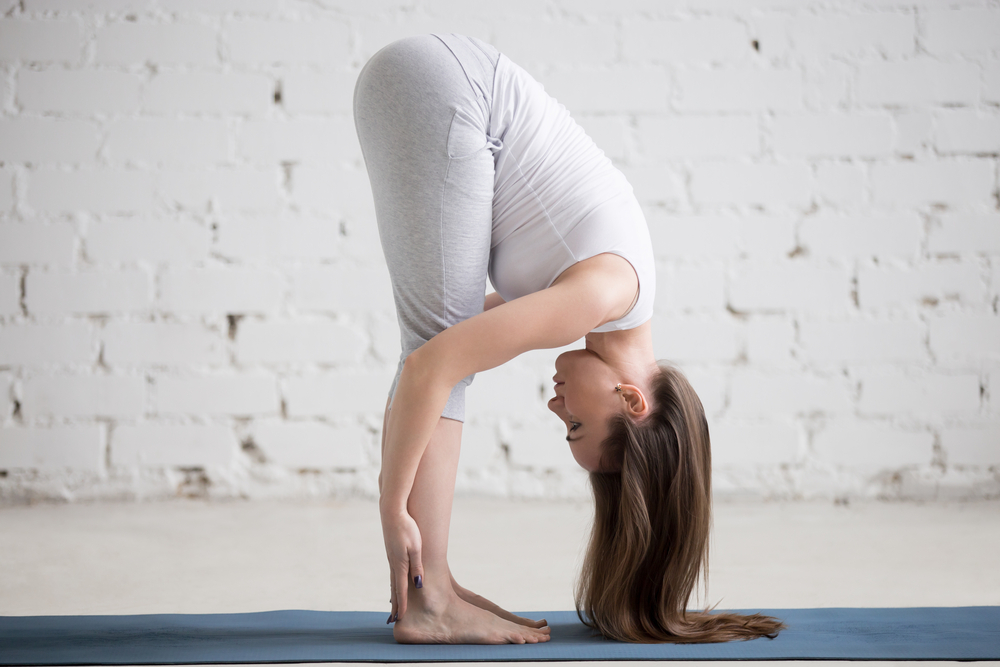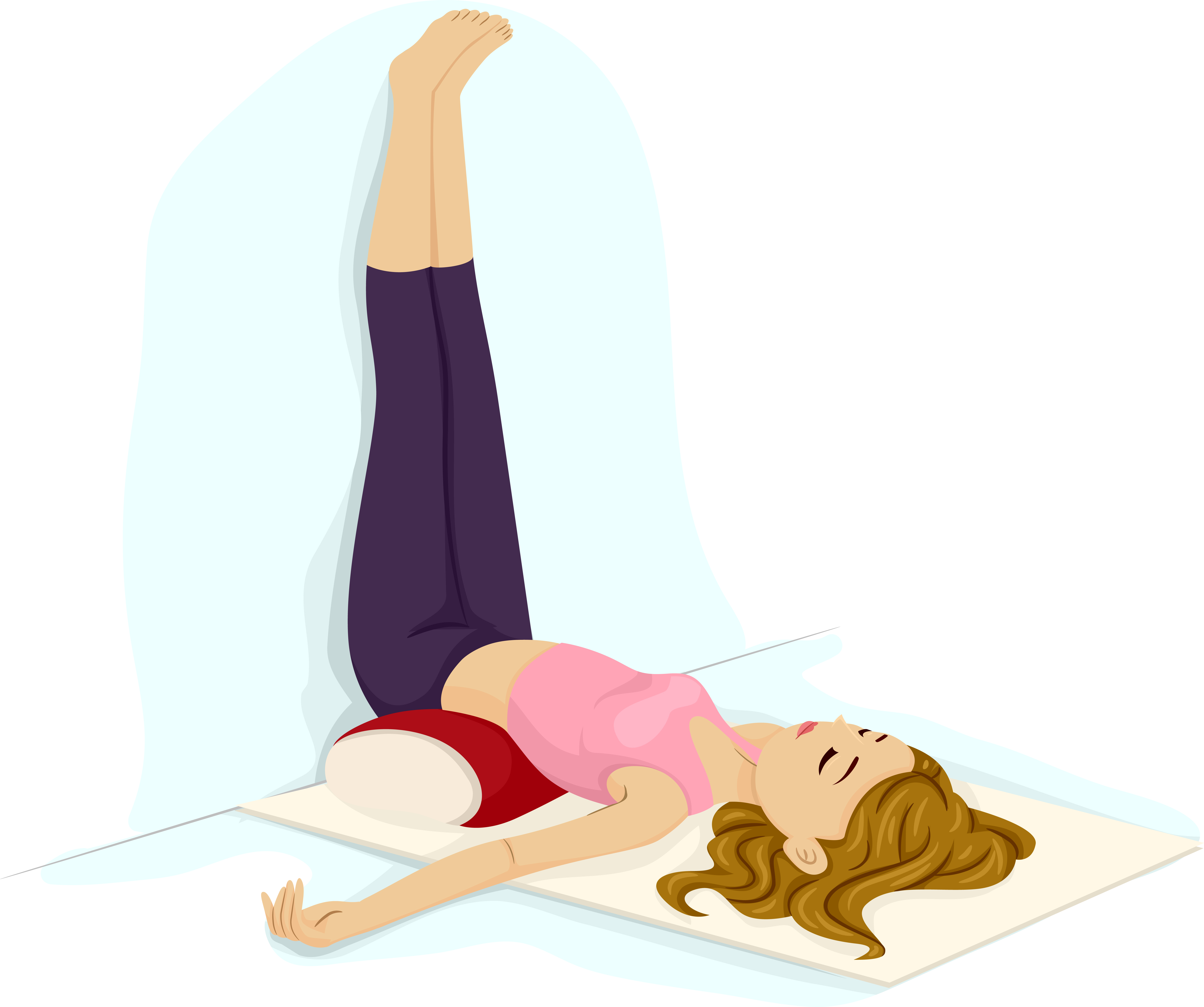Do you have a hard time sleeping through the night? Or is this a familiar scene? You wake up at 2am, find yourself staring at the ceiling, try to force yourself back to sleep, start to think about everything you need to do, then toss and turn until the alarm goes off. Sleepless nights are common. In fact, according to the National Institute of Health, 50 to 70 million Americans suffer from a sleep or wakefulness disorder. Instead of turning to prescription meds for sleep, why not try yoga.
Yoga for sleep works. Gentle yoga poses naturally help one’s breathing rate to slow down. With deep breaths, one can activate the parasympathetic nervous system, sometimes called the rest and digest system. The other part of the nervous system is called the sympathetic and is often known as fight or flight.
The problem is that we spend most of our days in fight or flight mode. This is why when we try to sleep that the body still thinks it has to fight off those tigers and bears that are lurking around the corner. Since the fight or flight aspect of the nervous system is always activated throughout the day, it becomes very difficult to enter into a deep sleep. A daily yoga practice will help to calm down your nervous system and bring your body back into balance so you can enjoy a good night’s sleep.
How can yoga help to activate the more peaceful aspect of your nervous system to invoke deep sleep? Here are a few basic poses that you can try before going to bed.
1. Standing Forward Fold- Stand with your feet about six inches apart. Inhale your arms up, next to your ears. On the exhale, fold your torso toward the ground. Bring your head as close to your knees as possible and reach you’re hands down until they touch the ground. If you cannot reach the ground, place a yoga block or a support structure in front of you that you can place your hands on. Hold this pose and take deep breaths for as long as it is comfortable.

2. Child’s Pose- Sit down on your knees, big toes touching, knees apart, as to form a V between your knees and big toes. Slide your hands forward as your forehead and chest touch the ground. Stretch your arms out in front of you as you relax into child’s pose.

3. Legs up the Wall Pose- Sit down with one hip close to the wall. Pivot the body, keep your hip close to the wall, lie down on your back, and move your legs up the wall. Try to keep the buttocks close to the wall to keep your legs on the wall. You can also bend your knees if your hamstrings are tight. As with any inversion this pose should be avoided if you have serious eye problems, such as glaucoma.

4. Deep Belly Breathing- If you find yourself staring at the ceiling, instead of letting thoughts take control, divert your attention to your breath. Place your hands on your belly. Take a deep breath in and feel your belly rise, on the exhale, feel your belly fall. Continue this cycle for as long as it is comfortable or until you fall asleep.

In closing, instead of watching an adrenaline-provoking TV show, or the high-stress news, spend your time wisely before going to bed. Yoga for sleep helps by just taking 30 minutes for yourself to relax and prepare for bed. This will make a big difference in your night. When we feel more rested then we can better handle our day.
47 Most Famous Motivational Quotes of All-Time
49 Greatest Love Quotes
37 Inspirational Quotes that Will Change Your Life





























